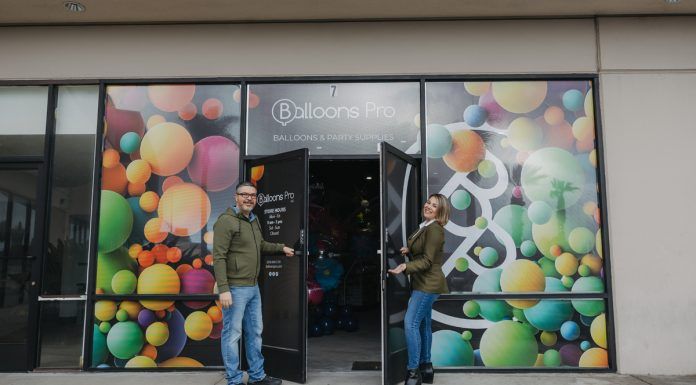An estimated 13,000 tons of dirt that was dumped next to Southwest High’s football field more than one year ago was finally removed this week.
Sweetwater Union High School District officials held a news conference last Friday to update the public on the issue.
Answers focused on how the dirt arrived in the first place, who authorized its deposit, how much it’s costing the district to remove and whether or not it was a threat to public health.
District chief facilities and operations executive Tom Calhoun said the dirt was free, donated by several people as a gift to the district to create a crescent berm, such as the one at Southwestern College’s football stadium. It was to include the school’s mascot name Raiders with raised letters and grass.
The dirt was brought in sometime last spring from a construction site at 43rd Street and Logan Avenue in southeast San Diego with direction from former district superintendent Jesus Gandara, Southwest athletic director Mike Esposito and principal and coach Dr. Maria Armstrong, district officials said.
Calhoun said while it was a great idea, it was poorly executed.
“The school may not have known what was being done,” Calhoun admitted. “The (former) principal signed a paper allowing them to drop the dirt.”
Calhoun said a policy was in place at the time that required a specific form to be filled out.
“That was not done,” he said.
Calhoun said going forward, he and Superintendent Dr. Ed Brand would reiterate the policy to school principals and administrators.
He also said the district is working with risk management to put together a claims package to recoup lost monies, which he said would ultimately go back into the general fund and the schools.
In addition, the board was not required to vote on the issue since it was of no cost to the district.
But it is now.
The price tag is upward of $500,000 for site testing, dirt removal, transporting costs and repairs to the irrigation system.
“Testing was over and above $500,000 to ensure the safety of staff, students and neighbors,” Calhoun said.
The soil was transported to Azusa landfill in Los Angeles County, which Calhoun said was the least expensive option to any alternative landfill.














